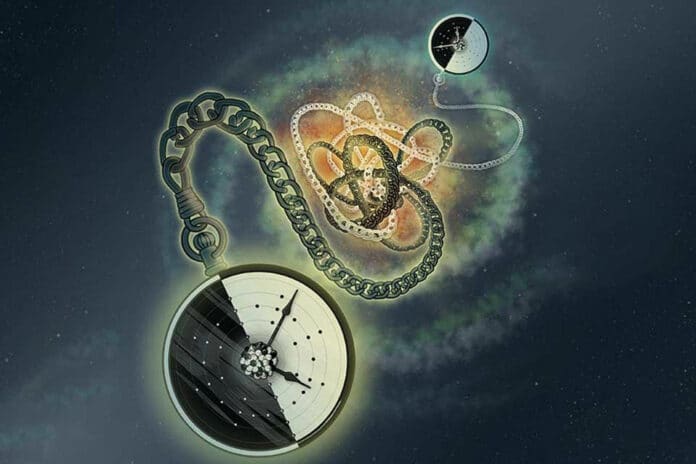Optical atomic clocks are our most precise tools to measure time and frequency. Precision frequency comparisons between clocks in separate locations enable one to probe the space-time variation of fundamental constants, dark matter properties, etc. The standard quantum limit limits measurements on independent systems; measurements on entangled systems can surpass the standard quantum limit to reach the ultimate precision allowed by quantum theory.
University of Oxford researchers have demonstrated a network of two entangled optical atomic clocks for the first time and demonstrated how the entanglement between the distant clocks might be used to increase their measurement precision.
This is the first time researchers have accomplished this between clocks in two different remotely entangled systems, despite prior tests showing that entanglement between clocks in the same system may be utilized to improve the accuracy of measurements. It could lead to applications like those mentioned above, where comparing the frequencies of atoms in separate locations to the highest possible precision is vital.
For this study, researchers used a state-of-the-art quantum network. They used two clocks for the experiments that were only 2 meters apart. Principally, such networks can be scaled up to cover much larger distances.
Developed by the UK’s Quantum Computing and Simulation (QCS) Hub, a consortium of 17 universities led by the University of Oxford, this network was designed for quantum computing and communication rather than quantum-enhanced metrology. However, the work demonstrates the versatility of such systems.
Dr. Raghavendra Srinivas, another of the paper’s authors, said, “While our result is very much a proof-of-principle, and the absolute precision we achieve is a few orders of magnitude below state of the art, we hope that the techniques shown here might someday improve state-of-the-art systems. At some point, entanglement will be required as it provides a path to the ultimate precision allowed by quantum theory.”
Professor David Lucas, whose team at Oxford was responsible for the experiment, said, “Our experiment shows the importance of quantum networks for metrology, with applications to fundamental physics, as well as to the more well-known areas of quantum cryptography and quantum computing.”
Journal Reference:
- Nichol, B.C., Srinivas, R., Nadlinger, D.P. et al. An elementary quantum network of entangled optical atomic clocks. Nature (2022). DOI: 10.1038/s41586-022-05088-z
